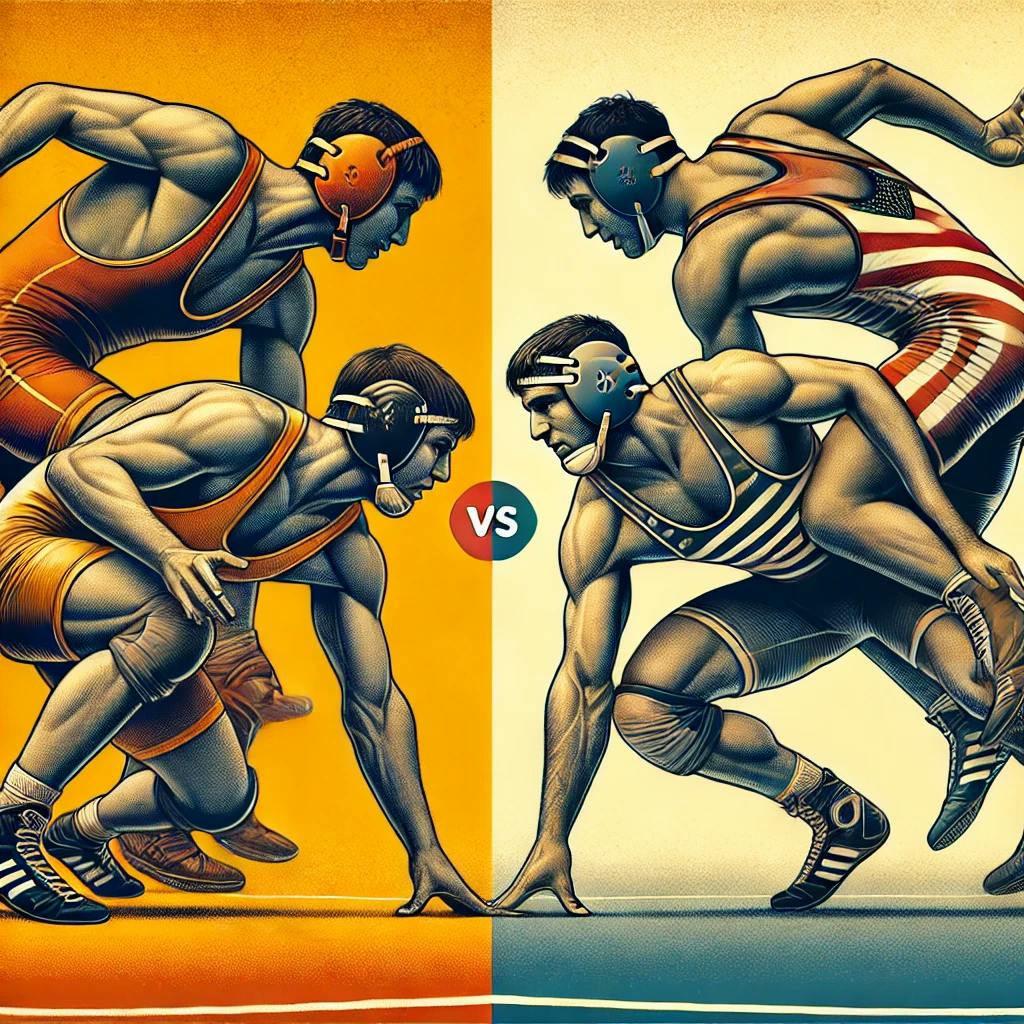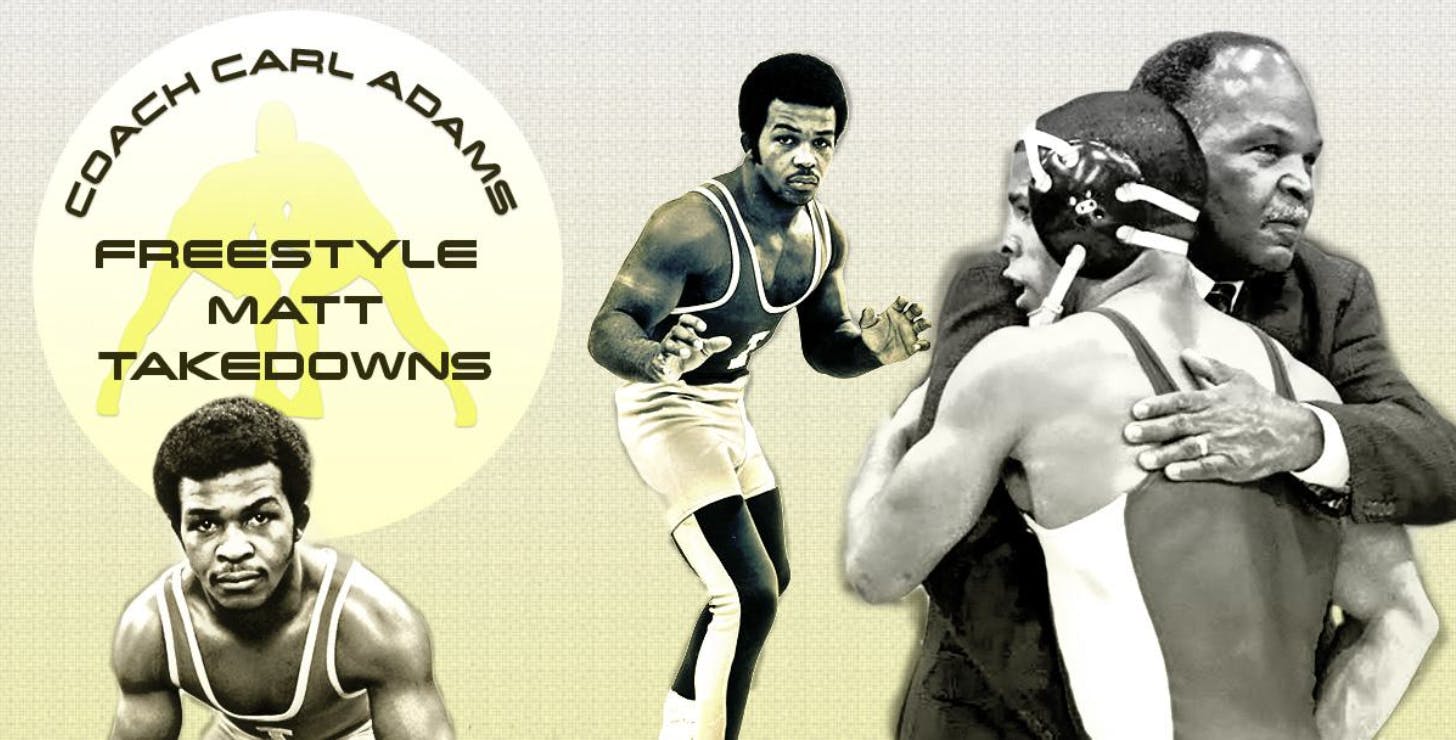Featured courses
- The Spiral Ride by Owen Reilly
- 5 Wrestling Drills That You Can Do at Home by Owen Reilly
- What Are The Best Wrestling Takedowns? by Isabel Rodriguez
- Folkstyle v.s. Freestyle Wrestling by Isabel Rodriguez
- What is The Crab Ride? by Owen Reilly
- Throws in Wrestling by Isabel Rodriguez
- The Wrestling Mindset by Isabel Rodriguez

Folkstyle v.s. Freestyle Wrestling
The most basic goal in wrestling is the same for each variation; pinning your opponent. Even so, there are differences in rules, techniques, and style overall. Freestyle wrestling is practiced more internationally and within women's wrestling, while folkstyle wrestling is the more general form that can be seen within various levels of American competition. This blog will go over the specifics of each type of wrestling and their overall pros and cons.
Folkstyle Wrestling
When people think of American wrestling, they are most likely to imagine folkstyle wrestling. Folkstyle is widely seen throughout the different levels of competition. While the goal is still to pin your opponent, many techniques and rules are specific to folkstyle.
Folkstyle can be broken down into three general positions; top, bottom, and neutral. From each of these positions, there are different techniques with various ways to score points on your opponent. With common rules including no locked hands while you and your opponent are down on the mat, as well as no stalling for either wrestler. Then there are the rounds themselves, in high school folkstyle it is three, two-minute rounds unless the match ends in a tie. If a tie occurs then a one-minute overtime round is wrestled until the next takedown.
Folkstyle is a type of wrestling that most wrestlers begin with when learning. Even so, freestyle is another type of wrestling that has garnered much attention, especially with its popularization in women's wrestling. To check out folkstyle wrestling courses, click the link below.

Freestyle Wrestling
While less common in the United States, freestyle wrestling is mainly practiced after the initial folkstyle wrestling season. This is because most competitions whether it’s in high school or college during this time, are folkstyle competitions. Female wrestlers also shine during freestyle season because it is the main style of wrestling used in women's wrestling competitions. Many folkstyle wrestlers who want to continue to practice after the season, switch to learning freestyle because even those techniques can help their overall skill.
Freestyle wrestling also has the neutral, top, and bottom positions, however, the goals from these positions differ. For the neutral position, the goal is to of course take the opponent down, but the types of takedowns and the points they can give you play a crucial aspect. For any basic takedown, it’s two points instead of the three from folkstyle. Feet-to-back takedowns are four points while a high amplitude throw/takedown is five points. Just the number of points that a wrestler could get from neutral shows how important this position and these techniques are to this type of wrestling.
The next differing aspects of freestyle are the top and bottom positions, which are a little different from the typical positions in folkstyle. In the top position, the main type of technique used is turns/back exposure. Techniques like gut wrenches or leg laces are some of the common ones. Wrestling in the bottom position is way simpler in freestyle wrestling. The referee only lets the top wrestler work to turn their opponent for mere seconds before letting both wrestlers up back to neutral. So, the main objective is to lay flat to avoid being turned. Even though the goal is simple, skill and technique are still required.
With so many key differences and similarities between the two styles, it can be difficult to transition. Both styles have their specialties which will help you become a more well-rounded wrestler. To dive deeper into freestyle wrestling, check out the course below.

